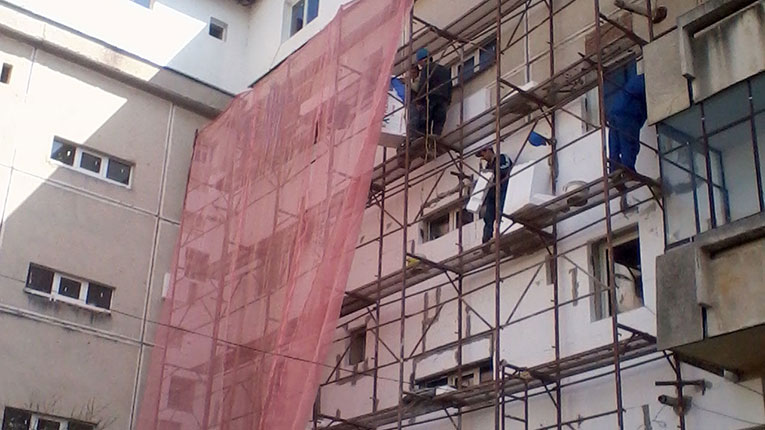Major energy renovation of buildings can reduce energy consumption by at least 60%, according to the European Commission.
Especially in the context of the energy crisis we are facing, this is the most effective way to reduce utility bills. The concern for high energy efficiency of the building – which not only ensures low energy consumption and a lower impact on the environment, but also contributes to the health and well-being of the occupants – will receive more and more attention in the public space, according to Efficient Romania.
For the construction industry, this trend is already visible in the commercial and office space sector, where the number of buildings certified as “green” or sustainable is growing from year to year. In Romania, there are over 10,000 homes and over 10 million square meters of office buildings, shopping malls and industrial spaces certified as “green”.
“If we refer to the city of Bucharest, probably about 35% of office space represents green buildings. In a very short time we managed to somehow align ourselves with European requirements. Compared to other more developed states, we were more receptive,” said Andrei Botiș, president of the Romanian Green Buildings Council (RoGBC).
Although enormous progress has been made, the sustainable construction market is still in its infancy.
“On the offices and commercial buildings segments, the market is somewhat stable: who builds, builds green. Elsewhere, on the housing side, there is still a huge gap,” he added.
The nZEB standard (building with almost zero energy consumption – no.), which has become mandatory since the beginning of this year for any type of new building, including housing, will regulate things in the area of new construction, which will have to adapt to mandatory sustainability rules.
If for new constructions European norms impose higher and higher sustainability standards, for the existing building stock, consisting mostly of old and inefficient buildings, thorough and sustainable renovation is the solution to bring them to high standards of energy efficiency.
“About 97% of the EU’s building stock is considered energy inefficient, and 75% to 85% of it will still be used in 2050. Residential buildings alone account for about two-thirds of final energy consumption in buildings in Europe. The current rate of renovation of existing buildings in the EU is of about 1% -2% of the building fund. The renovation rate of non-residential buildings is also much lower than that required to meet the objectives of sustainable development,” according to data published on the MDPI.com platform.

